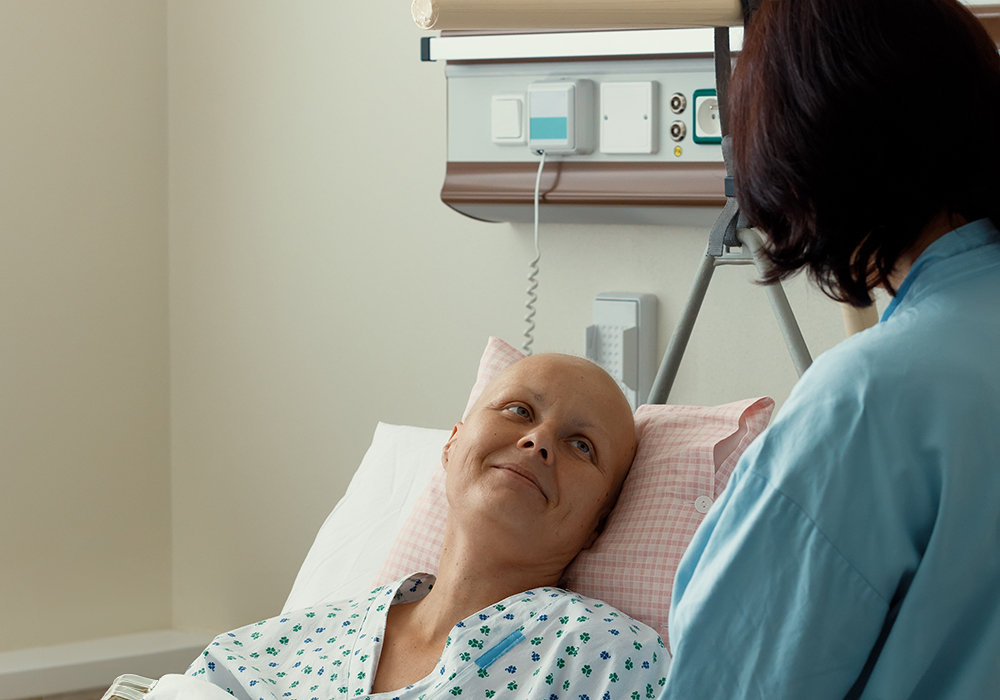Direct-to-consumer genetic testing (DTCGT) has entered the prime-time stage. It’s difficult to watch TV without seeing ads touting the simplicity of DTCGT and what it can tell you, and it even made Oprah’s 2017 Favorite Things List.
Overall cancer incidence rates continue to fall for men and remain stable for women, according to the Cancer Statistics, 2018, report published in CA: A Cancer Journal for Clinicians.
On its January conference call, the ONS Board of Directors completed work that will guide ONS leadership for the future.
Lymphedema, the chronic swelling of a limb resulting from fluid accumulation, is a common sequela of surgery or radiation treatment for breast cancer. Nearly 90% of women who develop lymphedema do so within three years of treatment. Survivors commonly report physical and emotional distress, limitations to daily activities in fear of exacerbating lymphedema, and body image issues because of an abnormally enlarged limb.
A subset of precision medicine, pharmacogenomics, is also growing exponentially, especially in oncology. Currently, 165 drugs or combinations are influenced by pharmacogenetics, and 58 of those are specific to oncology/hematology.
Cancer treatments aren’t one-size-fits-all, and they differ greatly depending on age. As the leading cause of disease-related death for children, pediatric cancers pose a critical threat to this population. According to the National Institutes of Health (NIH), one reason pediatric cancer mortality rates persist is because there’s “limited knowledge” related to the biological mechanisms affecting childhood cancers. NIH-funded studies are breaking ground and uncovering new information about the genomics of pediatric cancers.
Breakthroughs and new treatments are moving faster than ever. Getting treatments approved by the U.S. Food and Drug Administration (FDA) is crucial whenever new options are making way to patients with cancer. In February 2018, the FDA approved apalutamide for the treatment of nonmetastatic prostate cancer that continues to grow despite treatment with hormone therapy, the first FDA-approved treatment for nonmetastatic, castration-resistant prostate cancer.
To ensure more Americans understand the public health implications of cancer, the Centers for Disease Control and Prevention (CDC) is taking an active role in creating awareness activities. By posting commonly asked questions, the CDC hopes to demystify cancer and its treatment to the uninitiated, while also helping survivors and caregivers better comprehend the cancer journey.
The MeToo movement, an online campaign where women from all walks of life shared their stories of personal sexual assault and harassment, went viral in October 2017. The goal of their stories was to demonstrate the prevalence of sexual misconduct, especially in the workplace. Victims of sexual violence and harassment often go unnoticed and unheard, even though the World Health Organization (WHO) estimates that it affects approximately one third of women worldwide. In a 2017 poll of American women, 54% reported “unwanted and inappropriate sexual advances” and 95% said it goes unreported.





